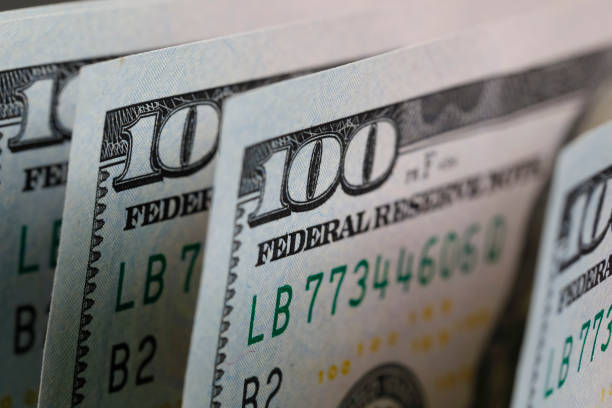ROI-Eerily calm credit markets face pockets of concern: Mike Dolan

By Mike Dolan
LONDON, Aug 18 (Reuters) - Like much of the financial markets universe, U.S. corporate credit has enjoyed smooth sailing through the summer, helped along by the much diminished recession risks, decent corporate earnings growth, and the prospect of another round of Federal Reserve easing.
It's almost too calm.
Investors even seem comfortable with the riskier names in the junk bond world, with spreads on the lowest ratings tier - CCC and below - comfortably under the long-term average.
The loan market has also come back to life after three years of slow growth and April's tariff-related turbulence. It has expanded 5% year-to-date to almost $1.5 trillion, with brisk new borrowing in July totaling $54 billion, excluding repricings, outstripping the post-2022 average, according to Morgan Stanley's leveraged loans team.
What could go wrong?
For a start, the Fed may reasonably view all this as evidence of a well-oiled credit world that, on top of other indicators, has created the loosest financial conditions in three years. With inflation still relatively hot, it may conclude it doesn't need to ease quickly to stoke more borrowing, despite the intense political pressure.
And there are also pockets of concern that investors are monitoring closely, including consumer-facing sectors that may quickly feel the pinch from tariff-induced price rises or from cash-strapped graduates facing the end of the student loan payment moratorium.
On that latter point, New York Fed research showed a spike in student debt delinquencies in the second quarter.
BlackRock credit strategists Amanda Lynam and Dominique Bly said the overall growth and inflation picture may be more challenging as the economy softens.
But they also reckon that this isn't too worrying given that it follows a period of above-trend growth, and they recommend "selectively moving down in quality within the credit market to capture incremental yield."
However, they said they were looking closely at consumer debt trends, particularly among those young consumers about to get hit by the resumption of student loan payments as well as highly indebted lower-income households facing high servicing costs.
With consumer spending accounting for two-thirds of U.S. GDP, these areas will be under the microscope going forward as investors look out for tremors in what appears to be a serene credit market.
The opinions expressed here are those of the author, a columnist for Reuters





